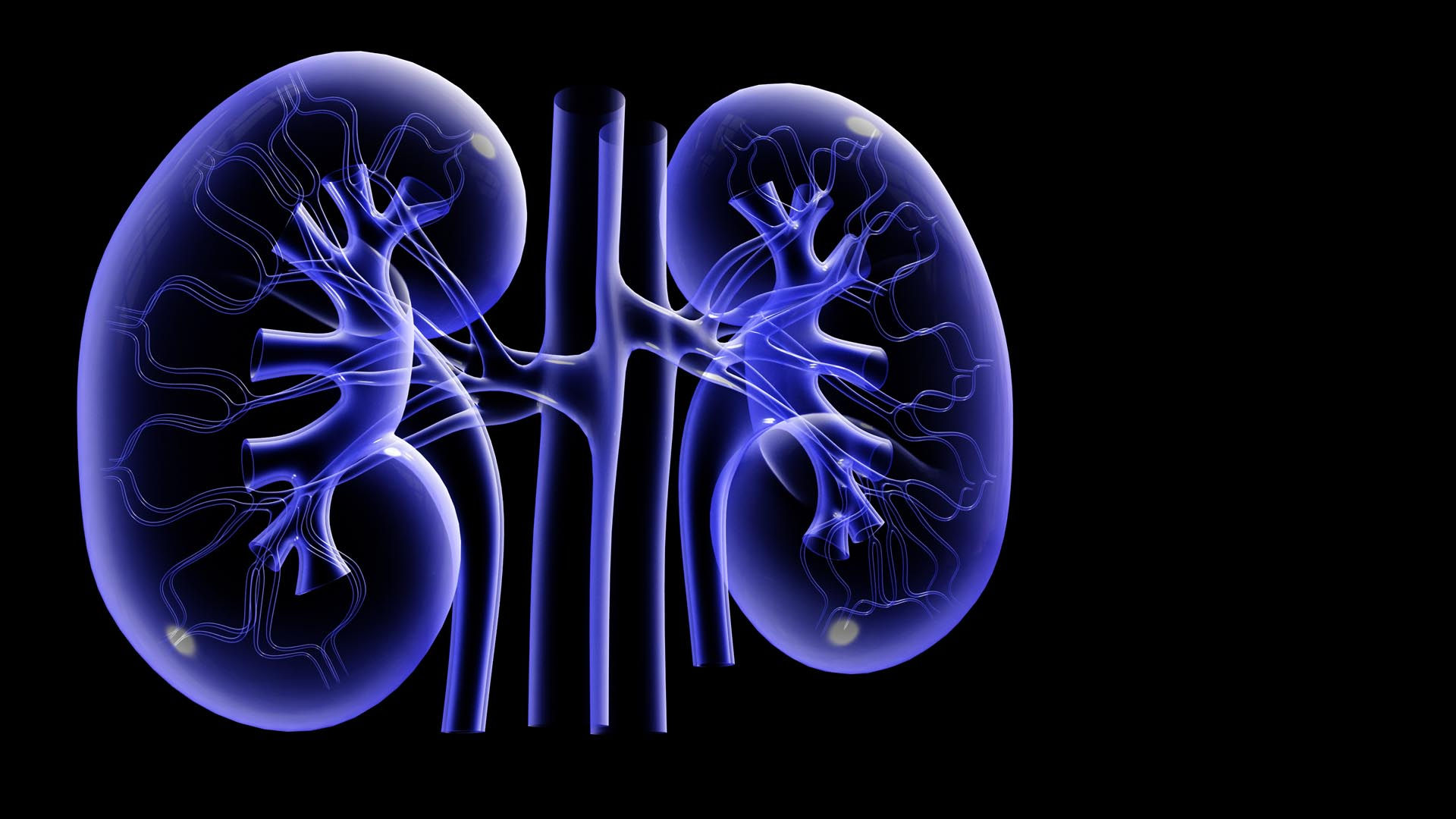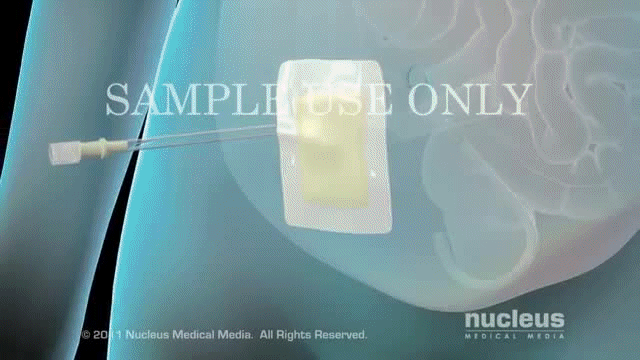
Dialysis and Kidney Transplant are the only treatments for a person suffering from CKD. There is no cure for a CKD patient, even after transplant, one has to undergo series of drug therapies and routine clinic visits. Dialysis is of two types: Hemodialysis and Peritoneal dialysis.
Treatment




Hemodialysis
-
Dialysis removes nitrogenous (and other) waste products, and corrects the electrolyte, water, and acid-base abnormalities associated with renal failure.
-
Dialysis refers to the diffusion of solutes across a semipermeable membrane down a concentration gradient. The rate of diffusion is greatest when the concentration gradient is highest. This is the main mechanism for the removal of urea and creatinine, and for the replenishment of serum bicarbonate.
-
Ultrafiltration is the convective flow of water and dissolved solutes down a pressure gradient caused by hydrostatic or osmotic forces.
-
Diafiltration is the simultaneous use of dialysis and UF to provide solute and water clearance
The blood and dialysate are kept separate within the dialyser by a semipermeable membrane.
Diffusion is maximized by maintaining high flow rates (of blood and dialysate), and by pumping the two solutions in opposite directions (countercurrent flow).
Convective clearance can be added by generating a TMP (Trans Membrane Pressure) within the dialyser.
Small MW molecules are not removed to any great extent by convection, but almost entirely by diffusion. In contrast large MW molecules (e.g. B2-microglobulin or vitamin B12) are removed more effectively by convection than diffusion.
Factors affecting Solute clearance:
Blood flow rate
Dialysate flow rate
Dialyser efficiency
Molecular weight of solute
Time

Parameters measured in an HD Machine
-
Arterial Blood pressure
-
Venous Blood pressure
-
Ultrafiltration (UF) rate
-
UF volume and goal
-
TMP (Trans Membrane Pressure)
-
Heparin volume rate
-
Blood flow rate
-
Time
-
Temperature of Dialysate
-
Conductivity of DIalysate
Alarms and Interlocks
-
Temperature Alarm
-
Conductivity Alarm
-
Blood Pump Stop Alarm
-
Air Bubble Alarm
-
Arterial/Venous pressure high/low Alarm
-
Dialysate Pressure max/min Alarm

Peritoneal Dialysis
-
Implantation of a catheter in the peritoneal cavity of the abdomen.
-
Peritoneal cavity if filled with dialysate fluid.
-
Diffusion occurs across the peritoneal membrane between blood and dialysate.
-
Waste dialysate gets drawn out of the body in the urine bag.
-
Acidosis is corrected by the diffusion of buffer from the fluid into the blood, and ultrafiltration occurs down an oncotic gradient.
-
A Tenckhoff catheter is used for Peritoneal Dialysis, to allow fluid to be instilled into the peritoneal cavity, can be inserted either at laparotomy, laparoscopically or percutaneously.

Kidney Transplant
-
Kidney transplantation is generally the optimal form of renal replacement therapy (RRT) in terms of patient survival, quality of life and cost-effectiveness.
-
Immunosuppressive treatment is necessary for the life of the kidney transplant – hence compliance is a major issue in the graft survival.
-
Blood group compatibility is desirable between the donor and recipient.
-
Two types of transplant donors: Cadaveric and Living.
-
Cadaveric donors are either heart-beating or non-heart-beating donors.
-
The largest group of transplants comes from brain-stem dead patients with maintained cardiac output, usually in an intensive therapy unit (ITU) setting.
-
Transplant has immunologial implications. The almost universal need to continue immunosuppressive treatment for the life of the kidney transplant for all donor/recipient combinations means that compliance is a major issue in graft survival.
-
Acquired immunity consists of the cellular (T-cell mediated) and humoral (B-cell mediated) responses, and both are involved in graft rejection. Essentially, the acquired immune response depends on recognition of graft antigens as being foreign and this stimulates various effector mechanisms against the graft, such as macrophage activation, natural killer cell response, delayed hypersensitivity, cellular cytotoxicity, plus complement fixation.

